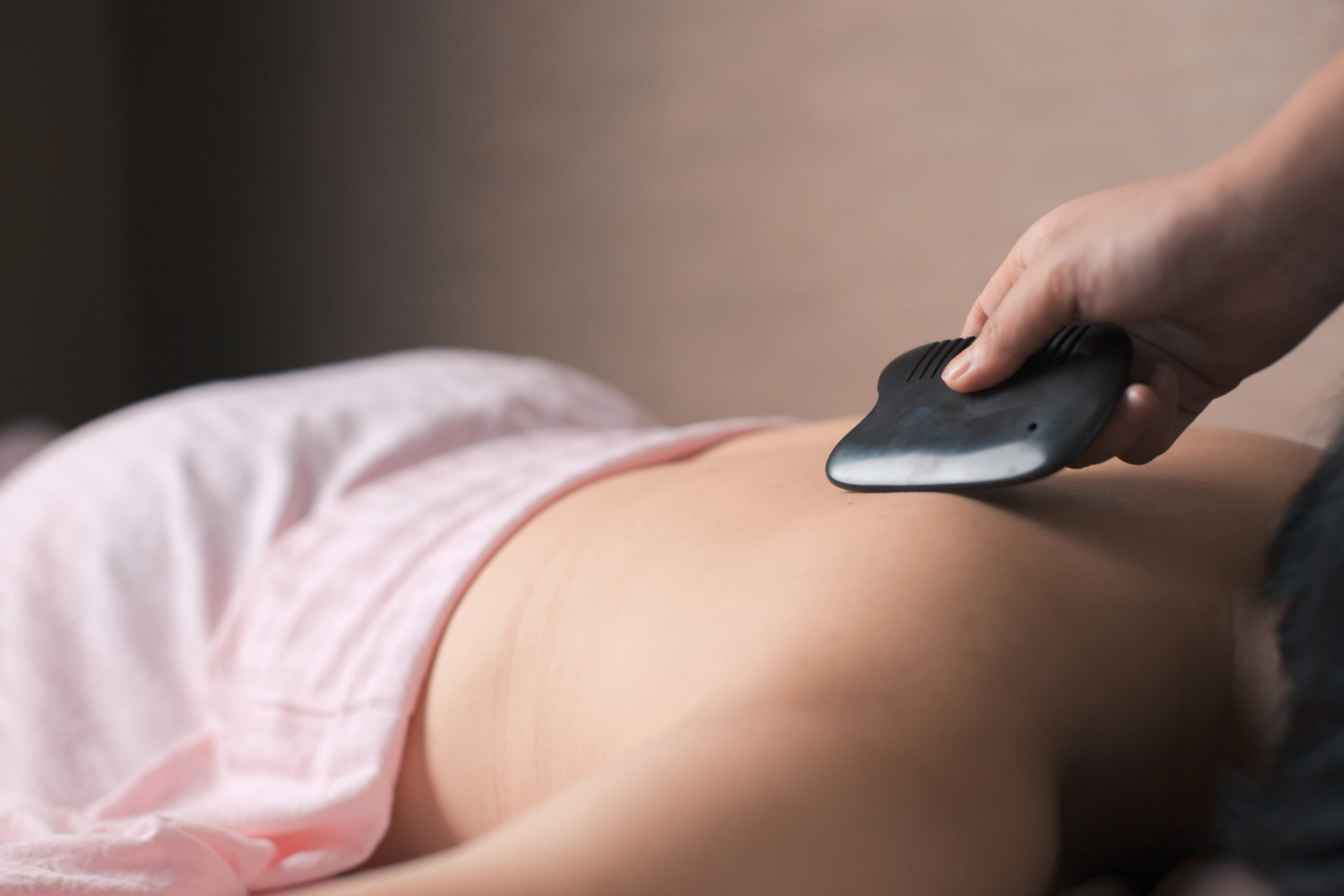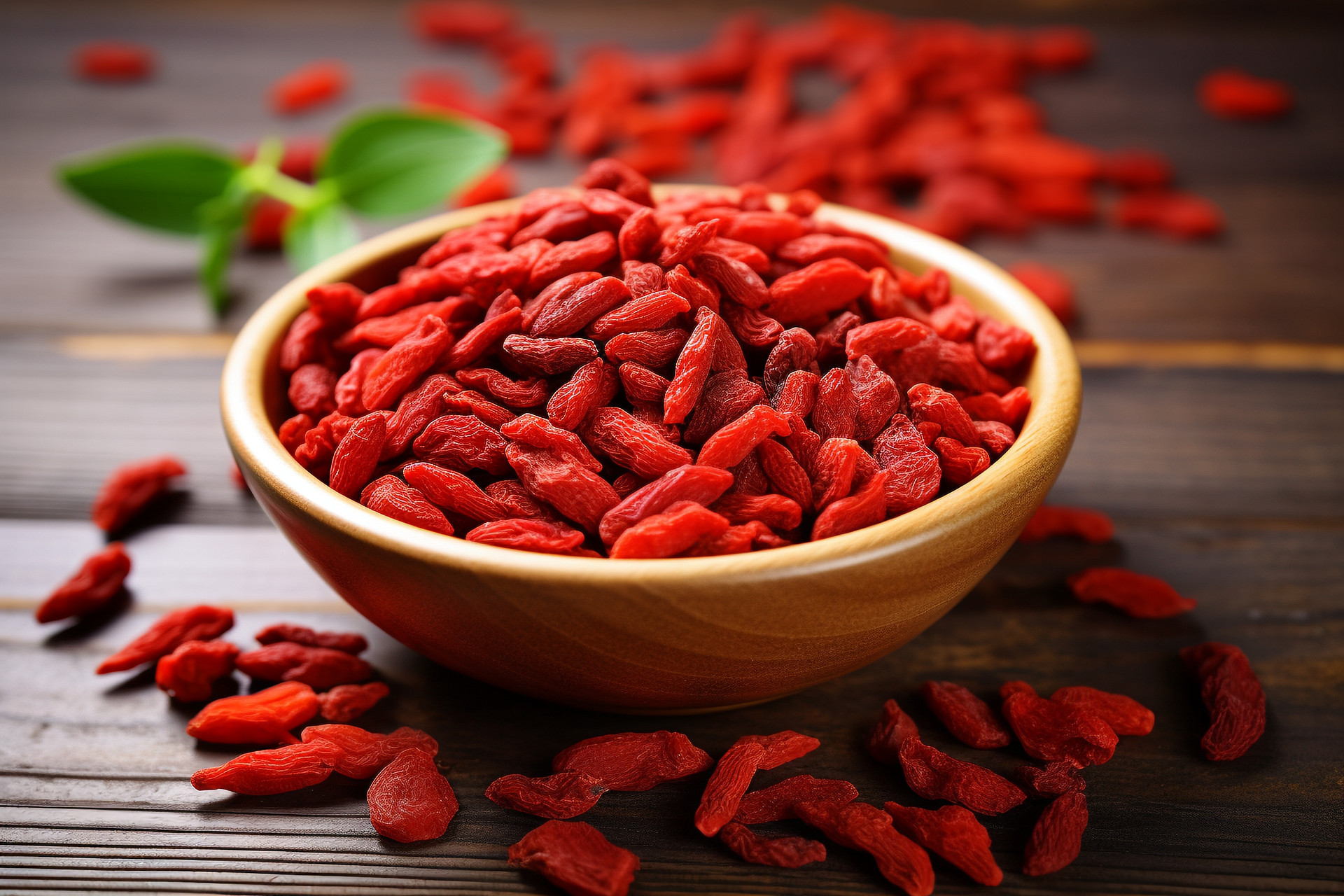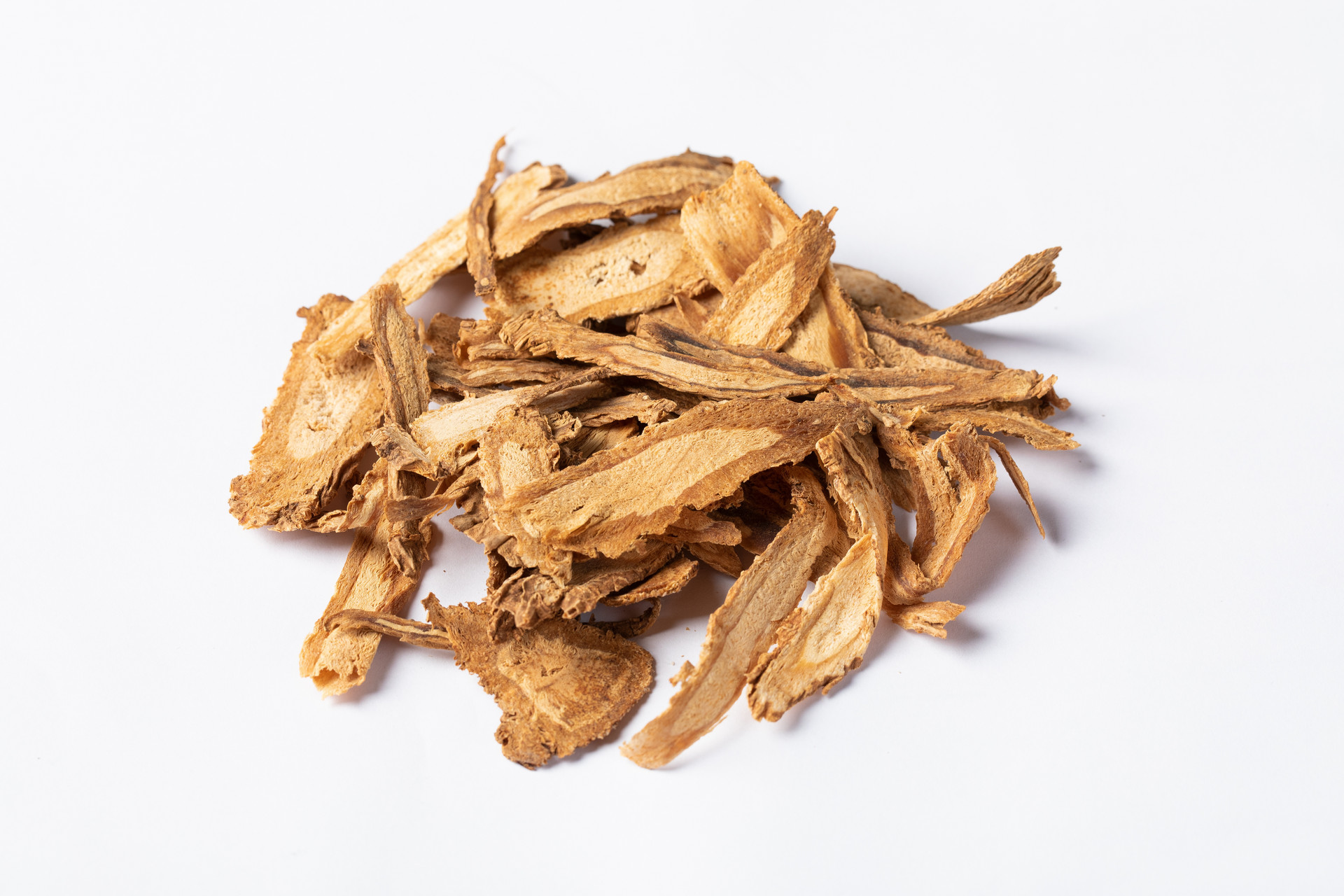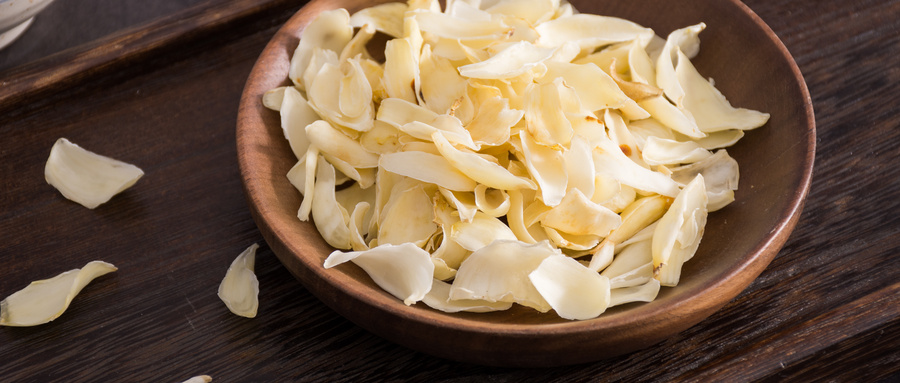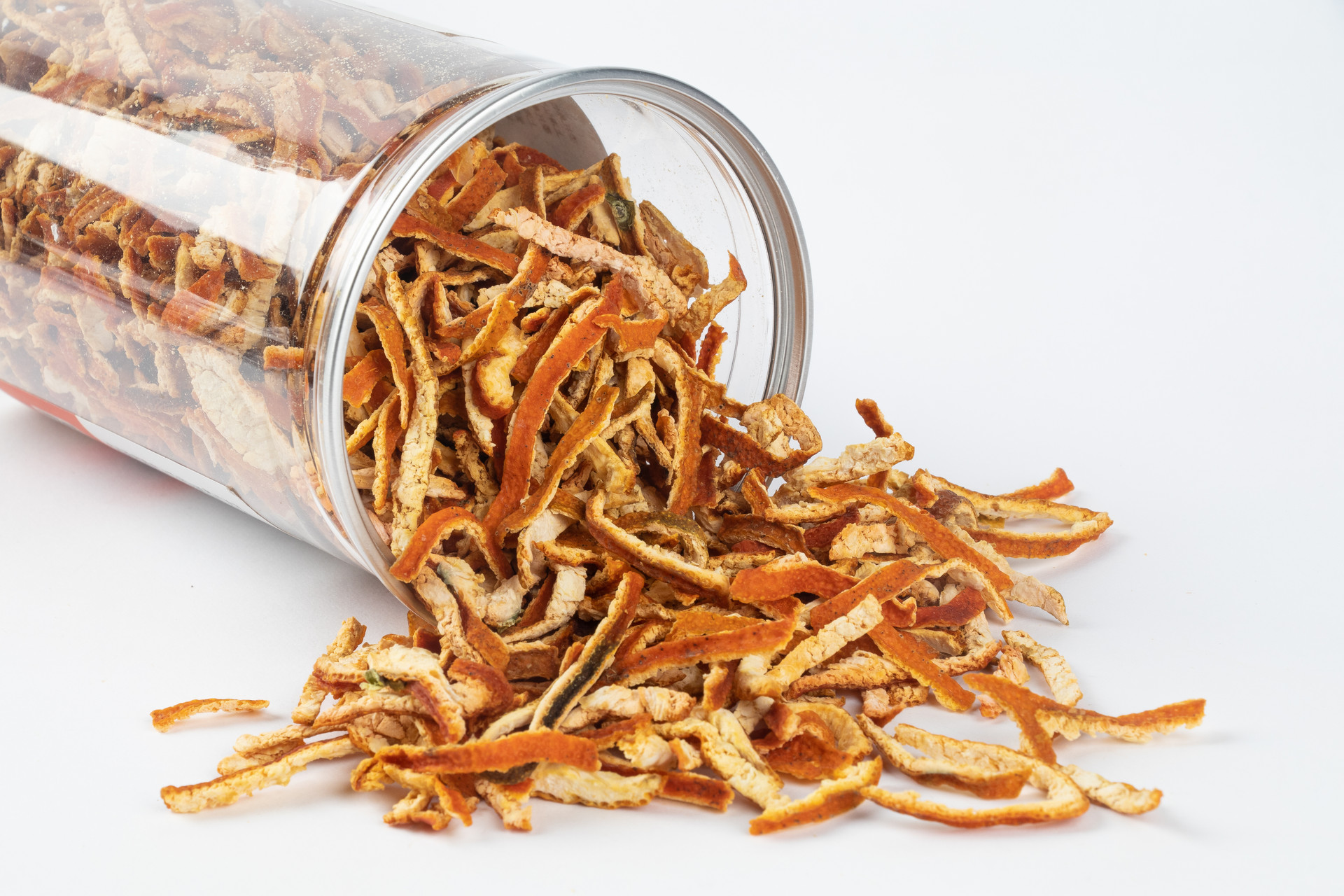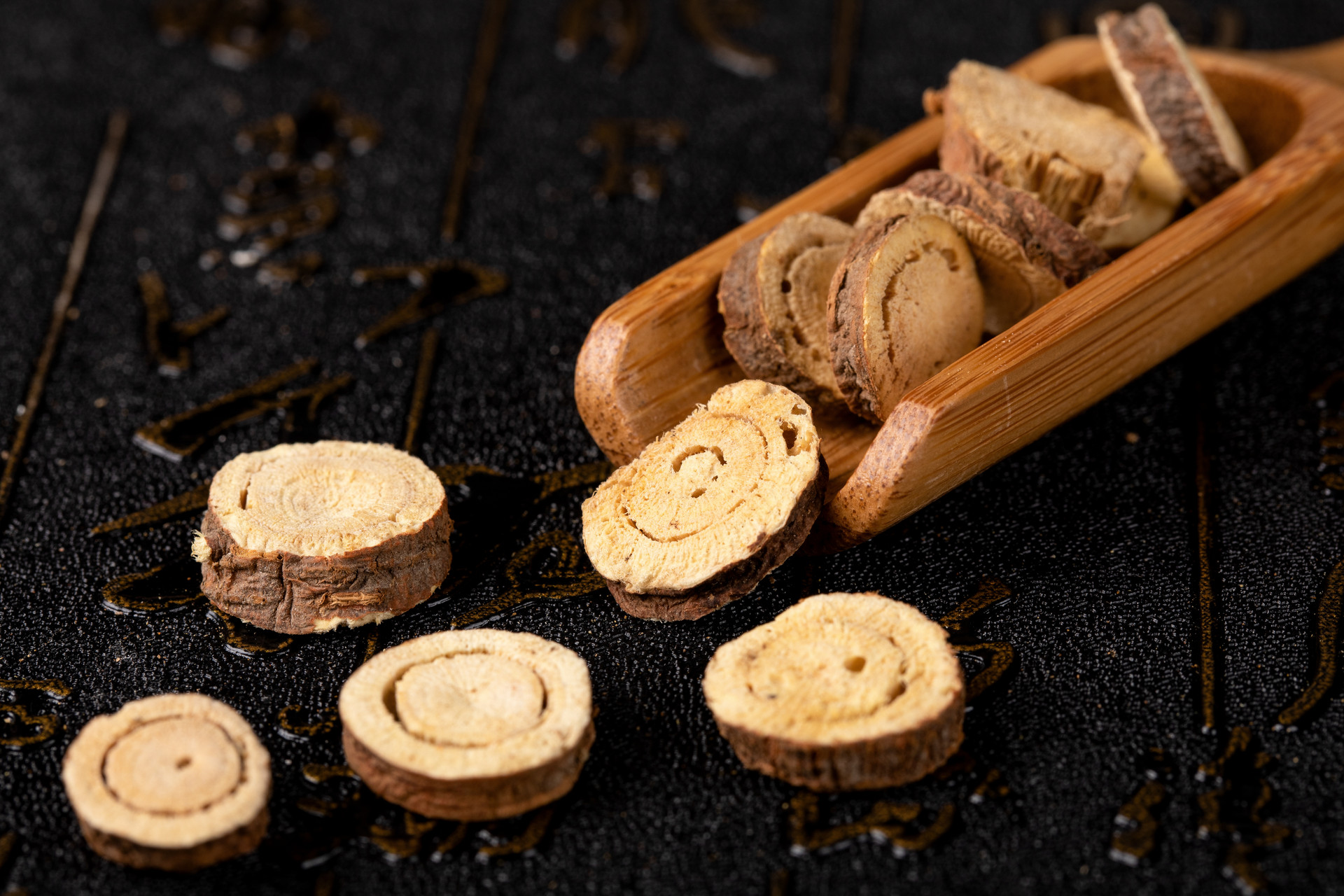Xinyi, also known as Mao Xinyi or Jiangpuhua, is mentioned in "Shennong's Materia Medica". It refers to the dried flower buds of Magnolia biondii Pamp., Magnolia denudata Desv., or Magnolia sprengeri Pamp., all of which belong to the family Magnoliaceae. The flower buds are harvested in late winter or early spring before they fully bloom, and the branches are removed before they are air-dried.
【Processing Method】"Mingyi Bie Lu" states, "When using it, remove the core and external hairs, as the hairs can cause coughing." "Bencao Yan Yi" states, "When using it as medicine, the hairy bracts should be removed." Currently, the raw medicinal materials are taken, impurities are removed, and any remaining branches and debris are discarded.
【Appearance】The flower buds are oblong in shape, resembling a brush tip. Some have short stems at the base. The flower buds are 15-40mm long and have a diameter of 10-15mm. The bracts are densely covered with gray-white or pale yellow-white hairs on the outside. The buds are light and brittle with a distinctive aroma and a slightly spicy and bitter taste.
【Quality Requirements】The moisture content should not exceed 18.0%, and the content of volatile oil should not be less than 1.0% (ml/g).
【Processing Function】Xinyi has a spicy and warm nature and belongs to the lung and stomach meridians. It has the functions of dispersing wind and cold and opening nasal passages. It is commonly used for wind-cold headaches, nasal congestion, rhinitis, and turbid nasal discharge. For example, Cang'er San in "Ji Sheng Fang" is used to treat rhinitis, and Xiong Lao San in "Zheng Zhi Zhun Sheng" is used to treat nasal obstruction and difficulty in breathing. By removing impurities and non-medicinal parts, the medicinal material is purified, ensuring accurate dosage.
【Processing Research】Xinyi has been processed since the Liu Song period of the Southern and Northern Dynasties, with methods such as decoction, removal of the core and external hairs, scorching, and light stir-frying. In recent years, other processing methods, such as stir-frying, decoction, and raw use, have been developed. The processing standards in various regions mostly include raw Xinyi. The 2000 edition of the "Pharmacopoeia of the People's Republic of China" includes raw Xinyi.
Currently, research on the processing of Xinyi mainly focuses on the content of volatile oil and preliminary experimental comparisons of the processing methods and medicinal parts. Four processing and drying methods, namely drying in a shaded place, direct sun-drying, steaming followed by sun-drying, and stacking followed by air-drying, were compared based on the content of volatile oil in Xinyi. The results showed that Xinyi processed by air-drying had a higher content of volatile oil, better color on the surface and petals of the medicinal material, and no mold. It is considered suitable for promotion and application in the place of origin. Additionally, different parts of Xinyi, such as the whole flower, flower heart, branches, and bracts, were compared based on the content of volatile oil. The results showed that the volatile oil mainly exists in the flower heart, while the outer bracts and branch layers, although accounting for a large proportion of the total weight of the medicinal material, have very little volatile oil content. Therefore, it is proposed to strengthen the selection of Xinyi medicinal material and differentiate its use in clinical practice.
According to literature records, the external hairy parts of Xinyi should be removed, as they can "shoot into the lungs and cause coughing". Therefore, when using Xinyi in traditional Chinese medicine prescriptions, it is often required to wrap it in a cloth before decoction. Experimental results have shown that after decoction, the hairy parts of Xinyi become soft and do not cause irritation to the throat. Wrapping during decoction also prevents the diffusion and extraction of active components. Therefore, when selecting Xinyi, it is possible to omit the removal of hairy bracts, and there is no need to wrap Xinyi during decoction.



